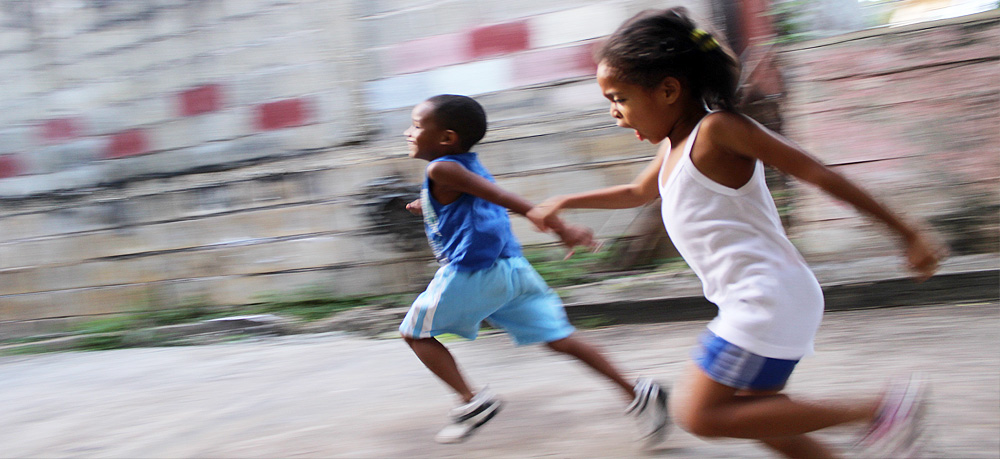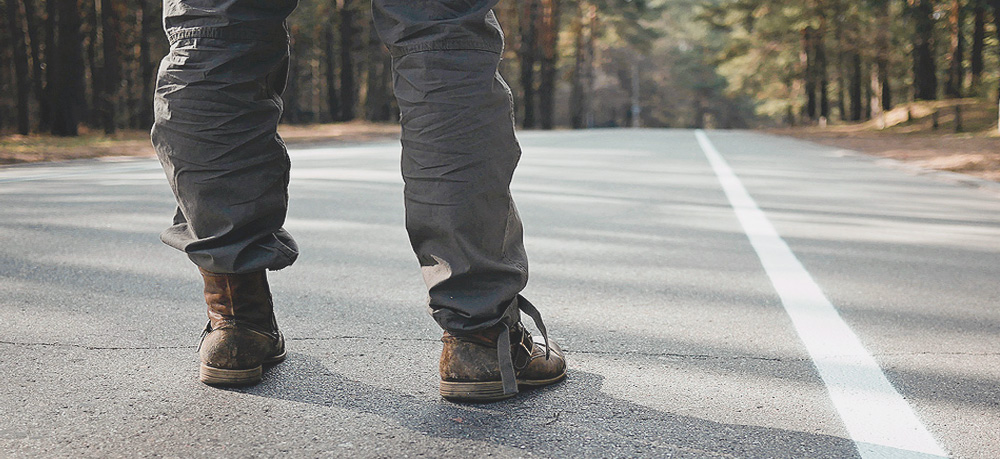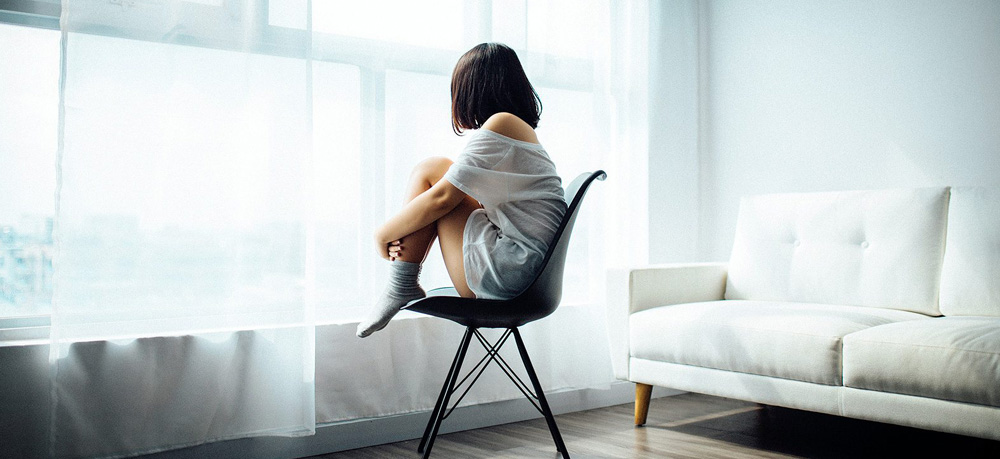Transitioning Back To Normal: The Long Road Back From Lockdown To A Sense Of Normality
There have been many announcements in the press recently about ‘Getting Back To Normal‘ now that many of the Coronavirus lockdown restrictions have been lifted, but what is ‘Normal’? At this time of health alert and uncertainty during the Covid-19 pandemic in the land of lockdown, we have been witnesses to great changes.
In the past 2 years, the patterns of our lives have dramatically altered because of coronavirus. Life felt so different. We were socially isolated.
People became ill, died, lost their homes and jobs, businesses were crippled. Psychologists talked about collective trauma, the rise of physical and emotional problems alongside changes in people’s behavioural disorders.
It felt as if differences in classes and privileges sharply came into focus during the lockdown. We all have, in one way or another being able to see the imbalances that our world keeps falling into.
And we all have our own personal ways of responding to challenge and change. Some people struggled, felt trapped, experienced loss and isolation. Some found joy and a sense of fulfilment at home, savouring the quietness of the city, the kindness of other humans and the regeneration of nature.
For some, it was a mixed bag of feelings, and most eventually adapted. It seemed as if the effects of living in the land of lockdown touched us all in different ways.
Beginning the slow transition back to normal

Now as lockdown and restrictions are being lifted, we are shifting into what is widely named “back to normal”, back to our old routines and commitments, re-entering the world of activity, work, school, socialising, rebuilding the economy, travelling and commuting. Surely, whatever our lockdown experience has been, this is an important transition on an individual and collective level.
It is a good time to pause mid-journey, to sit quietly for a moment and see where we have been and where we are going. It is an ancient human need, in times of change to reflect, to re-align and connect to a fresh sense of purpose. How do we move forward from here? What transformation has taken place? What are we carrying with us from this experience? What do we want to let go of from our old lives and what do we wish to invite more of?
Indigenous communities and traditions from our ancestors understood deeply the evident and subtle energies of life transitions. Villages and communities came together to assist the passage to new ways of being, through ritual, ceremony and circles of belonging. Individuals were being eased and helped to move through the old and welcome the new. There was no going back.
There was going onward and forwards.
Unfortunately, our culture rarely acknowledges and supports such matters that are sensitive to the human psyche. Now, we are left to do our own transitions alone.
So let’s acknowledge together the entering of a new phase.
That is exciting for some, as a sense of vitality and normality is being restored. Many are bursting to re-enter the world again and go back to normal as the coronavirus lockdown eases.
Navigating the road back after lockdown

For some people, the journey back to normality is potentially frightening, especially for those who are living with health vulnerabilities or have loved ones who belong to the risk groups, as the presence of the virus is still active.
And it is equally hard for others who are finding it difficult to engage in life again in a way that they used to, prior to Covid-19.
Some have found calmness, wellbeing, meaning and connection in the lockdown, and going back to normal feels quite unnatural. It’s about knowing thyself and becoming who you are – “To know thyself is the beginning of wisdom” – Socrates.
None of these responses are right or wrong.
- Whatever beliefs, hopes and fears you hold for the upcoming period, here are some ideas to consider, that can ease your preparation for getting back on the path, resuming courage and re-balancing.
- As the quickening begins, take your time to adjust going back to normal. Pause and rest. Allow yourself to just be.
- Avoid going beyond your capacity, consulting your best judgment. Support and regulate your immune and nervous systems.
- Introduce daily rituals of self-care for the beginning and end of your day.
- If you are able, gradually expose yourself to the opening. For example, consider alternating homework and office work… walking and taking transport… being alone and being together.
- Share your experiences. Reach out, give and receive.
- If you appreciated being at home, bring an object from home to your workplace.
- Recognise home as an energetic inner space that moves with you.
- Remember that your boss and work colleagues are fellow humans that also faced the great unknown of the pandemic. Whose children were running in the background of the online video calls? Connect to a sense of belonging – “We are all just walking each other home” is a saying of Ram Dass.
- Be mindful about your feelings of meeting relatives and friends who are vulnerable to the virus; discuss with them the fears, the expectations, the assumptions and the ways to connect.
- Evoke feelings of safety and grounding; practice breathing, connection with your body, meditation, movement, engage in creative activities.
- Go to beloved nature.
- Gently attend to aspects of yourself that feel hurt or broken, with a healing intention.
- If there is resistance present, instead of focusing on changing or controlling the situation, see if you can release some of the feelings of resistance instead. When resistance softens, a sense of freedom can arise.
- Consider that no situation is ever final, as life is constantly shifting. There can be a sense of core relief in understanding that you are following a universal rhythm.
A wish for you to be well.
——————————————
Dr. Clarissa Pinkola Estes is a first-generation American writer and Jungian psychoanalyst. She is the author of Women Who Run with the Wolves, which remained on the New York Times bestseller list for 145 weeks and has sold over two million copies. Wikipedia
– She writes:
“May all be stronger
where needed,
softer when wiser is needed,
more flexible when necessary,
more stalwart, more understanding,
more merciful,
more powerful with and for,
more self-observant,
more forbearing, more tender,
more fierce, more aware…
to each his own,
to each her own,
as each sees fit.
And may all those
in all goodness,
be returned to you
by other souls
in great
and good measure, also.”
——————————————
Information about the author: Christina Argyropoulou is a Movement Psychotherapist and Psychologist, working at HQ therapy rooms in Hackney and online. She has been practising for over 15 years, in a variety of settings, supporting people in discovering their own creative and healing potential.


